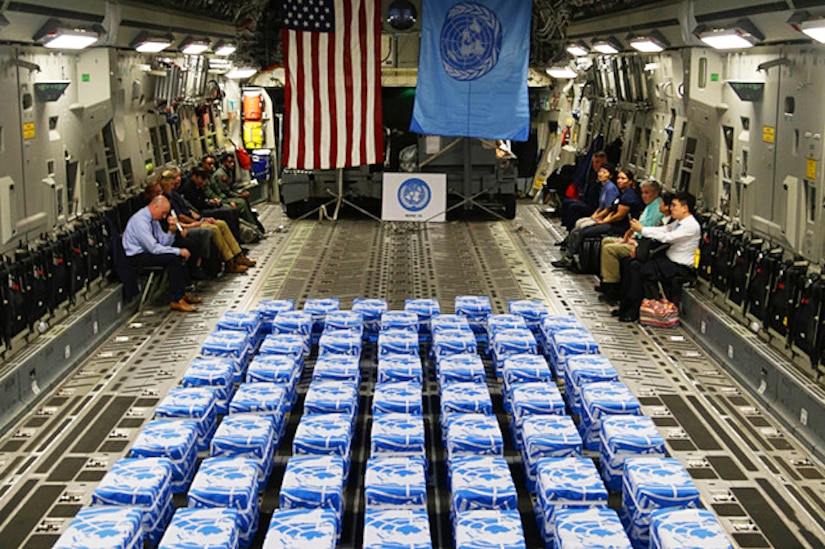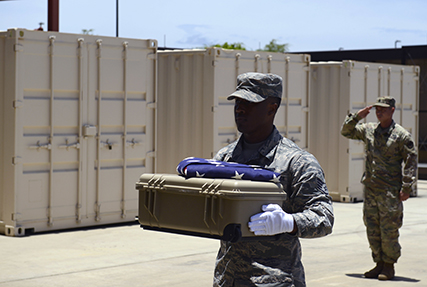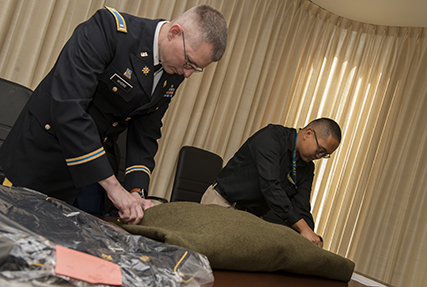Right now, miles above your head, there are fleets of robotic, weaponized satellites poised to do battle as the world’s superpowers await the opening salvo in a very real cosmic chess match.
When it comes to Russia, the real cause for concern surrounds a mysterious object known cryptically as 2014-28E. The object first appeared in space soon after the launch of three Russian military communication satellites. Initially, many believed 2014-28E was just another piece of debris left over from the launch. Not long afterward, however, this hunk of space junk began to swiftly change orbit, demonstrating an onboard propulsion system. What exactly 2014-28E is is still unknown, as the Russians have remained tight-lipped on the matter. Many experts fear that these actions signal that the Russians have revived their allegedly-defunct operation known as Istrebitel Sputnik (meaning “Satellite Fighter”), a covert Soviet-era ASAT program.
Russian and Chinese officials have continuously accused the United States of spying on the Chinese Space Station with a top-secret space toy known officially as X-37B. This craft is essentially an unmanned version of the Space Shuttle with a payload bay that’s roughly the size of a pickup truck bed. However, what exactly will be carried and what has been carried on its previous three missions is classified. So too is the entire X-37B budget. Many aeronautic experts dispute claims that the U.S. is using this craft to spy on the Chinese Space Station — but, the complete lack of transparency from U.S. officials hasn’t helped thaw frigid relations between the involved parties.
And the X-37B definitely isn’t the only trick the U.S. has up its proverbial sleeve. Some of America’s most sophisticated ASAT technology is in development as we speak. DARPA, the research and development wing of the U.S. Department of Defense, is now quickly moving along with its Phoenix initiative. The program is based around the concept of a series of robotic craft with the ability to repair damaged satellites from the scraps parts of other defunct satellites already in orbit. Again, from a foreign military perspective, if a satellite has the ability to build something, that satellite also has the intrinsic ability to dismantle something — say, an enemy satellite. More here from Digital Trends.
Russia Will Fight to Be World’s Top Space Power, Agency Chief Says
Russia is ready to do “serious battle” for the title of leading space power in the world, the head of the country’s state space agency has said.
Moscow’s Roscosmos has become the subject of some ridicule, following budget cuts and high-profile setbacks, including a recent botched launch that resulted in the loss of a multimillion dollar silo of satellites. The agency still regards itself as heir to Russia’s Soviet legacy of space exploration and Russian President Vladimir Putin has repeatedly urged officials to recapture that status in the world, telling agency employees last month that Roscosmos needed “breakthrough successes” to do so.
Roscosmos Director Dmitry Rogozin gave a defiant message on the agency’s ambitions.
“We are not looking to surrender leadership in space to anyone,” Rogozin said at the opening of a satellite equipment manufacturing plant in Yaroslavl region. The director, who served as Russia’s deputy prime minister until May, admitted that the agency had “fallen behind from the leading positions” in recent years.

Roscosmos unveiled a brand new spaceport in eastern Russia in 2016, although Putin reportedly reprimanded senior officials in private after the launching ceremony, which he had gone to watch, suffered a 24-hour delay. More here.
Just two years ago:
So why is there so much global interest in space at the moment, including in Australia, and what are countries around the world doing up there right now?
Space remains ‘hugely contested’ in 2018
Modern militaries rely on satellites that feed them vital intelligence.
As a result, “counterspace” weapons have become a rising area of interest, and earlier this year, US intelligence agencies warned that China and Russia were both working on “destructive counterspace weapons” for use in a future conflict.
The potential weapons US intelligence agencies were concerned about included both ground-launched missiles capable of taking out enemy satellites, as well as “directed-energy weapons” that could blind or damage the sensors on satellite instruments.
The US intelligence agencies said in their report that both China and Russia would probably have operational weapons within a few years.
China last month launched a communications satellite named Magpie Bridge that is currently sitting in a special orbit near the moon, giving it a view of both the Earth and the so-far-unexplored dark side of the Moon.
That feat was praised in official Chinese state media Xinhua as a “world first”.
The plan is for the satellite to beam continuous images of the dark side of the moon, with China looking set to become the first country to land a rover there later this year.
China is also planning on setting up a permanent robotic base on the lunar surface in the next 10 years, and is hoping for a manned mission in the 2030s.











